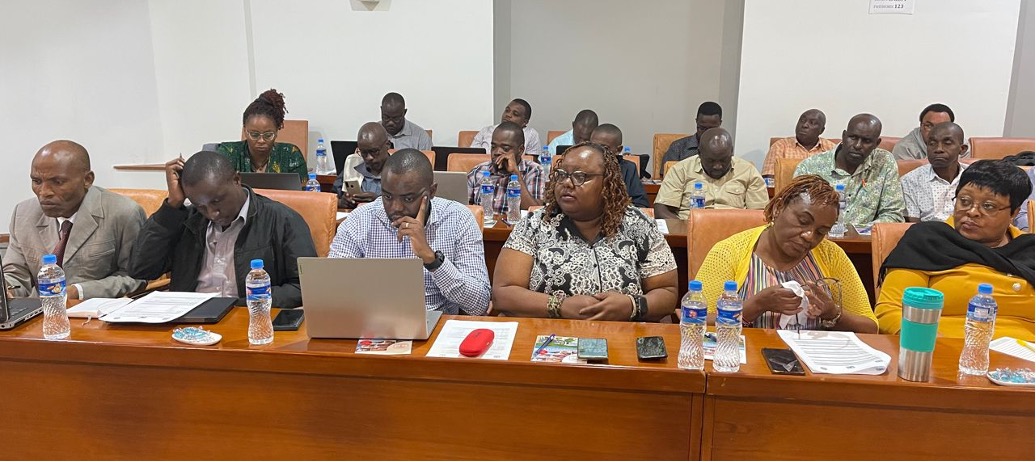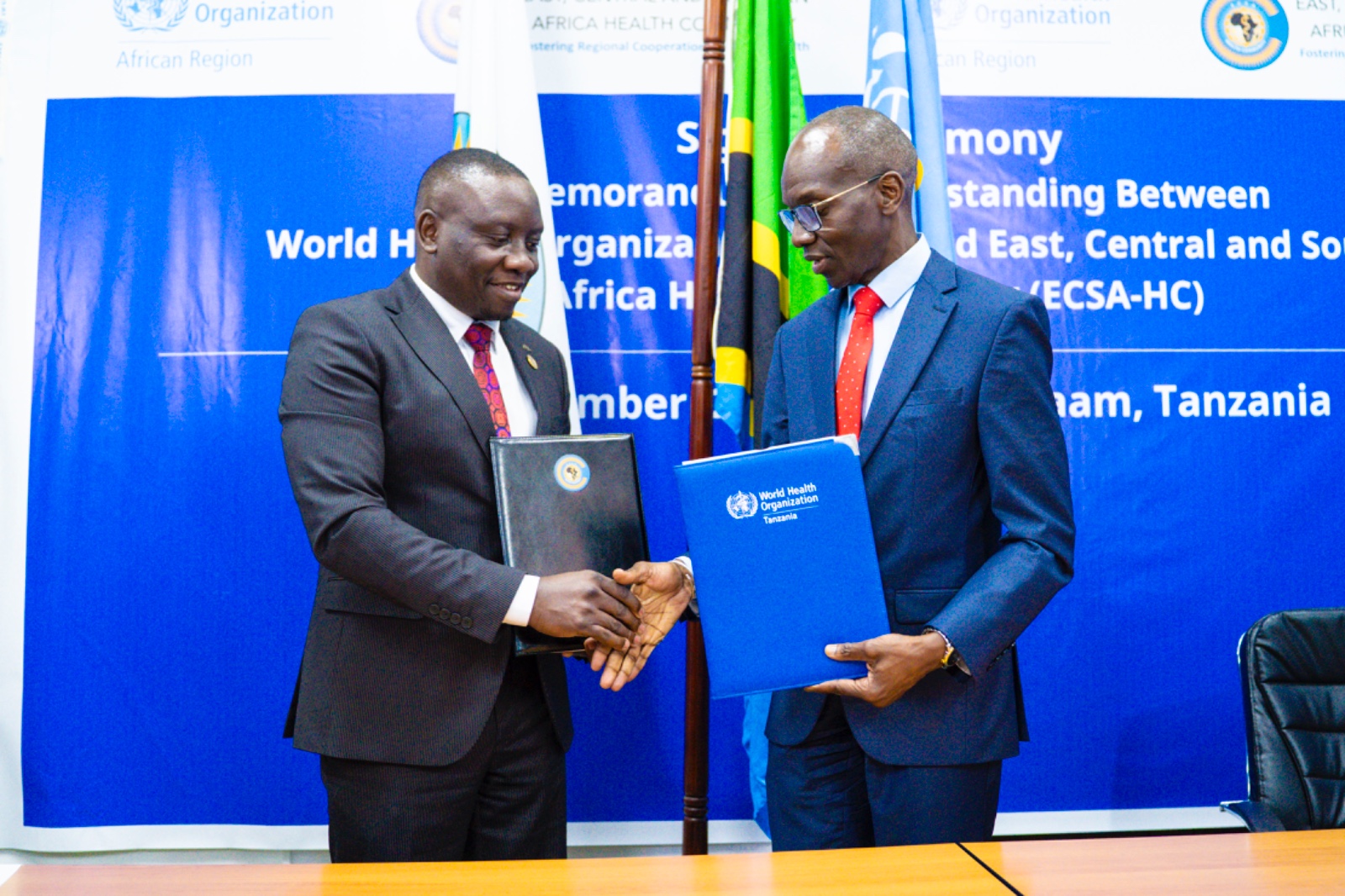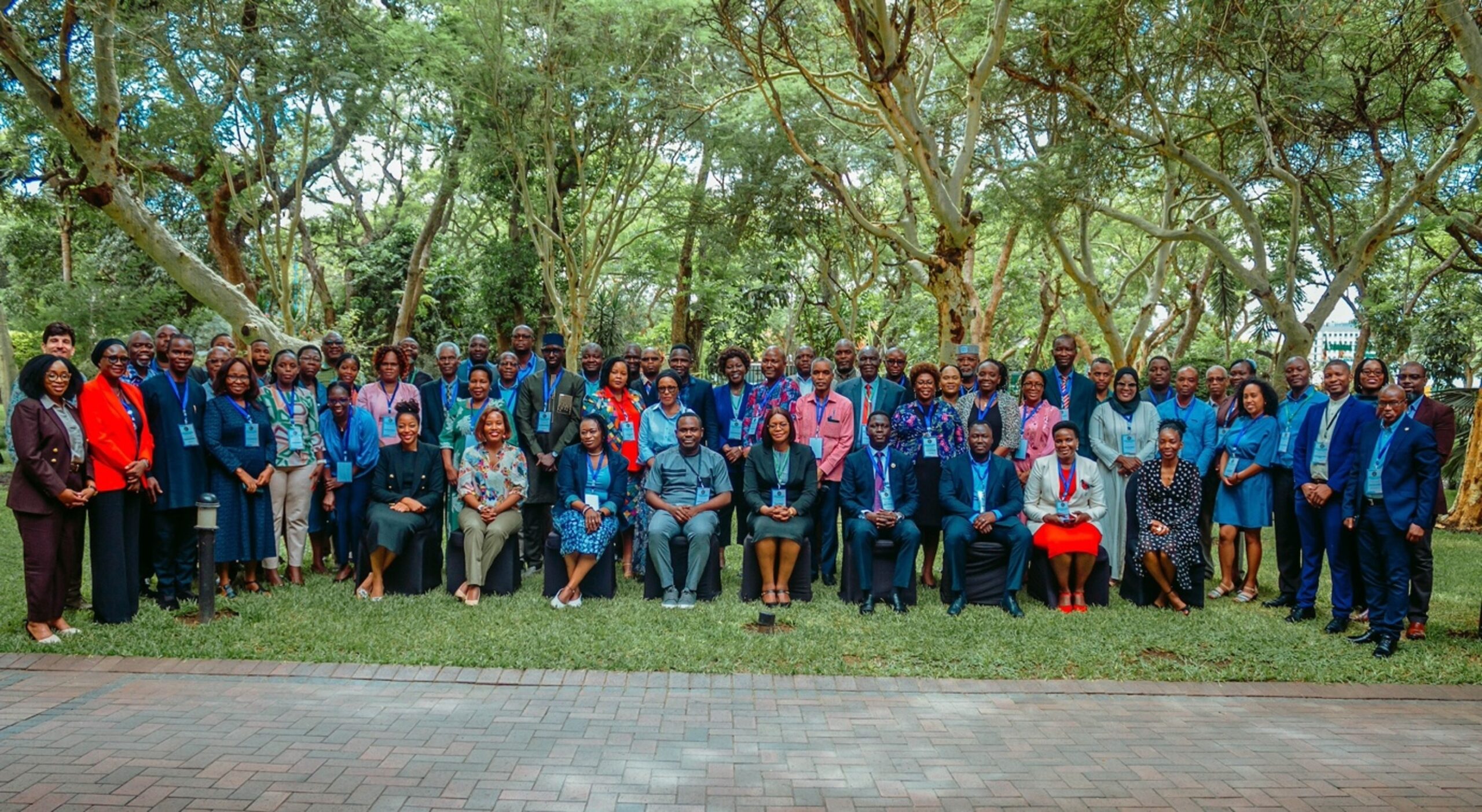The East, Central, and Southern Africa Health Community (ECSA-HC) is inviting applications from qualified individual…
Enhancing Cross-Border Health Security through Strategic Risk Assessment

In an effort to bolster health security and emergency preparedness at key border points, representatives from the Ministries of Health in Kenya and Tanzania convened from August 12th to 24th, 2024. This strategic meeting, supported by the East, Central, and Southern Africa Health Community (ECSA-HC) and guided by the Health Emergency Preparedness Response and Resilience Project (HEPRRP), focused on conducting a Strategic Risk Assessment (SRA) and developing Public Health Emergency Contingency Plans for the Lunga Lunga and Horohoro One Stop Border Posts.
The meeting brought together health experts, policymakers, and key stakeholders from both nations, underscoring the importance of regional collaboration in addressing public health threats. The cross-border nature of the gathering highlighted the necessity of joint efforts in managing risks that have the potential to transcend national boundaries.
 The meeting commenced with opening remarks from the heads of delegations from Kenya and Tanzania, as well as representatives from ECSA-HC. These leaders emphasized the critical role of strategic risk assessments in fulfilling international health obligations, particularly under the International Health Regulations (IHR 2005). These regulations, established by the World Health Organization (WHO), aim to prevent, detect, and respond to public health threats that could cross borders, making this collaborative effort a significant step towards regional health security.
The meeting commenced with opening remarks from the heads of delegations from Kenya and Tanzania, as well as representatives from ECSA-HC. These leaders emphasized the critical role of strategic risk assessments in fulfilling international health obligations, particularly under the International Health Regulations (IHR 2005). These regulations, established by the World Health Organization (WHO), aim to prevent, detect, and respond to public health threats that could cross borders, making this collaborative effort a significant step towards regional health security.
 The core of the meeting involved the application of the WHO Strategic Risk Assessment Tool, which guided the assessment of the Lunga Lunga and Horohoro Ground Crossing Points. This comprehensive assessment was essential for identifying potential hazards and evaluating the capacity of these border points to cope with emergencies. The process involved field assessments, expert discussions, and collaborative scoring of hazards, leading to the identification of several high-risk and moderate-risk health threats.
The core of the meeting involved the application of the WHO Strategic Risk Assessment Tool, which guided the assessment of the Lunga Lunga and Horohoro Ground Crossing Points. This comprehensive assessment was essential for identifying potential hazards and evaluating the capacity of these border points to cope with emergencies. The process involved field assessments, expert discussions, and collaborative scoring of hazards, leading to the identification of several high-risk and moderate-risk health threats.
Among the high-risk hazards identified were communicable diseases such as Tuberculosis, Sexually Transmitted Infections (STIs) including Gonorrhea and Syphilis, Cholera, and Mpox. The participants also recognized the need for enhanced preparedness against these threats, given their potential to cause significant public health emergencies if left unaddressed.
 The meeting culminated in the development of a Multi-Hazard Public Health Emergency Contingency Plan tailored to the specific needs of the Lunga Lunga and Horohoro Points of Entry. This plan includes standard operating procedures and mitigation strategies for managing the identified risks, thereby enhancing the capacity of these border points to respond effectively to emergencies.
The meeting culminated in the development of a Multi-Hazard Public Health Emergency Contingency Plan tailored to the specific needs of the Lunga Lunga and Horohoro Points of Entry. This plan includes standard operating procedures and mitigation strategies for managing the identified risks, thereby enhancing the capacity of these border points to respond effectively to emergencies.
The collaborative nature of the meeting not only fostered a shared understanding of the risks but also laid the groundwork for continued cooperation between Kenya and Tanzania in safeguarding public health. The outcomes of this meeting are expected to contribute significantly to the broader goals of the HEPRRP, particularly in strengthening the health systems’ resilience in the region.
As the world faces increasing threats from emerging diseases and other public health hazards, such cross-border collaborations are vital in ensuring that nations are well-prepared to protect their populations and maintain global health security. The efforts initiated at this meeting mark a critical step forward in achieving these objectives, with the hope that the lessons learned will be applied across other border points in the region.




